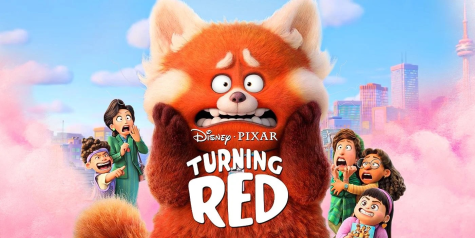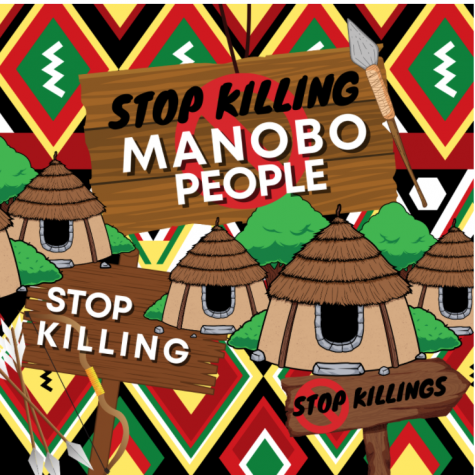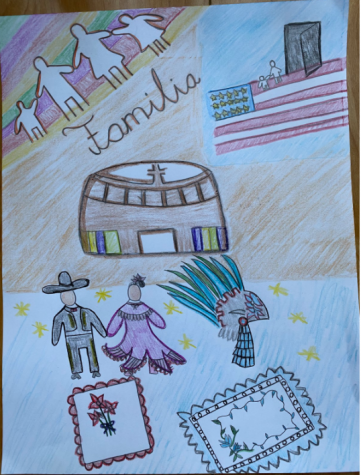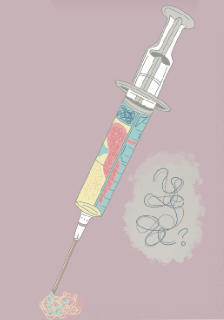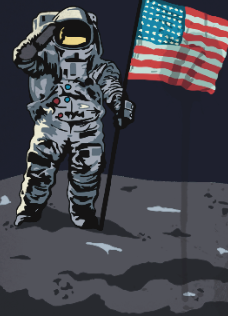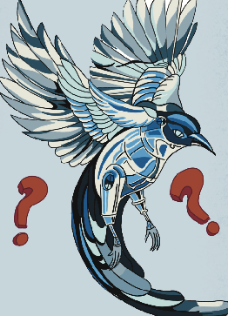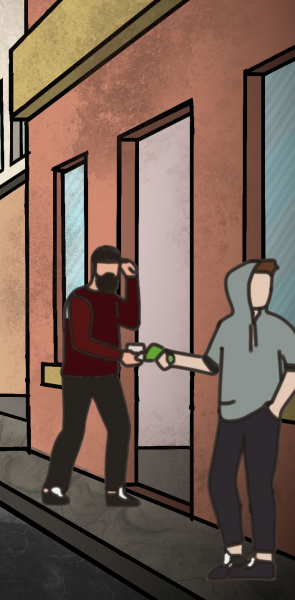AAPI Month: The model minority myth
The model minority myth. It is a one-dimensional stereotype based on the idea that Asian Americans are always successful and living the so-called “American dream.” The term was first mentioned in The New York Times Magazine in 1966 in an article titled, “Success story: Japanese American Style.” The author actually gave praise to Japanese Americans for overcoming discrimination found within America. Following the publication of that article more success stories were published. The most commonly cited reasons behind Asian Americans’ successes were their work ethic, the centrality of family and genetic superiority.
Until recently I was not aware that there was a proper term. I, a Vietnamese-American, normalized the stereotypes that came with being an Asian-American. The stereotype that Asians are always hard-working, intelligent straight-A students, played the piano or violin and have strict parents. That my ideal job is to be a doctor, and if not then at least a dentist or a lawyer. However, the myth is more than just a collection of seemingly good qualities. In fact, it is more harmful than seen on its surface.
The myth masks the struggles Asian Americans have to endure. There is a constant overwhelming pressure of following unrealistic expectations and the existing stereotype of being “successful.” Asian students feel obligated to please and succeed in their parents’ expectations and cultural stigma. I must have perfect grades. I must ace my test. I must get into a prestigious school. I must make my family proud. The vicious cycle becomes straining physically and mentally. Asian American college students are 1.6 times more likely than all others to attempt suicide. Suicide was the eighth leading cause of death for Asian Americans in 2007.
One may say that being stereotyped as intelligent and successful is a benefit, a “stereotype promise,” and that these more positive stereotypes open up opportunities for jobs. Yet nearly always those positions were never top-level. Asian Americans are deemed as foreigners, and therefore less trustworthy and more loyal to Asia than white America. Even when a job is secured, it is more difficult to move up the ranks. According to a 2016 analysis, 5.8 percent of Asian men made up the federal workforce but only 3.5 percent were in a senior position. Asian Americans are the least likely to be promoted into management or executive positions.
Microaggressions. The most dreaded question, “But where are you really from?” I am fortunate enough to have the most common Vietnamese last name and am not asked that question as often as some other people I know. I have been asked out of nowhere, “Are you a white-washed Asian?” At the time I did not know how to even respond, so I did not. I am an American. I grew up in the United States for the entirety of my life and had become acclimated to the living standards of any other American. Even when I was told, “You are so smart,” then, I would think of it as a compliment. But now I ponder, do they truly think I am smart, or do they assume I am smart?
The model minority myth is not only used to weaponize Asian Americans but also it is used to make the false claim that the U.S. is not a racist place and therefore other communities such as Black and Latinos should be able to achieve the same degree of success. This denigrates Black Americans. Anti-Blackness & anti-Asian racism are branches of the same evil and festering tree known as white supremacy. In the mid-1900s, Asian Americans and African Americans were fighting similar injustices. The Asian Civil Rights Movement was inspired by the Black Civil Rights Movement. Activist Grace Lee Boggs advocated for causes including Asian Americans and Black Power. Boggs has been associated with Malcolm X and Martin Luther King Jr. for her activism. In 2015, she was commended for her leadership in civil rights by President Barack Obama in a statement about her passing. These two communities have been standing in solidarity, especially after this past year.
The model minority myth labels Asian Americans as successful people in every possible way. Yet they are nowhere near treated equally. For decades we have been silent about our suffering. The myth must be dismantled. Conduct some of your own research to better understand the experiences of various Asian American and Pacific Islander (AAPI) groups. Raise awareness in others and especially yourself. Confront any biases you may have normalized including regarding other ethnic groups. As you raise your own awareness of current festering injustices, you will in turn assist those around you and as well as better their own understanding. This all helps to challenge the stereotypes of the model minority myth, in the future hopefully it will be dismantled for good.
“You cannot change any society unless you take responsibility for it unless you see yourself as belonging to it and responsible for changing it.” – Grace Lee Boggs



